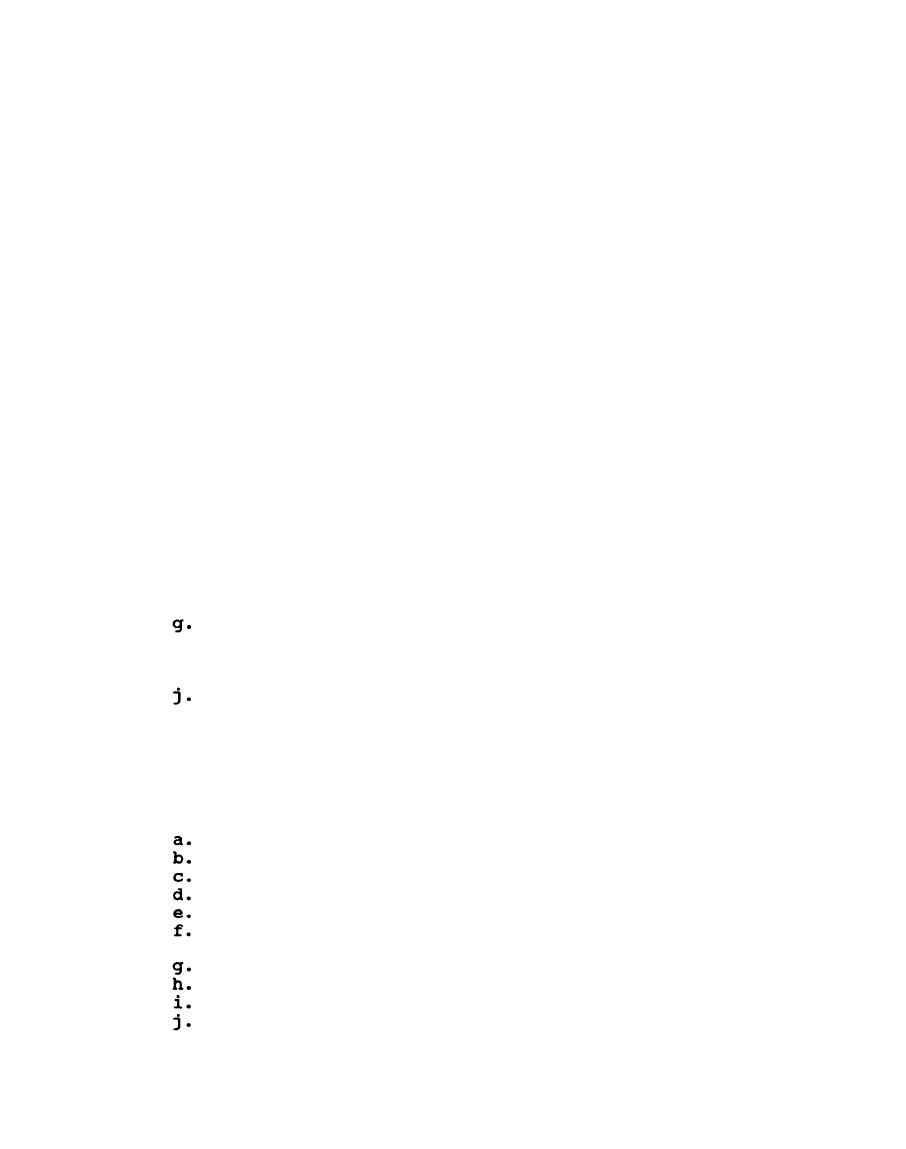

Custom Search
|
|

|
||
 These cleaning
must have approved cleaning process procedures.
procedures shall be promulgated as a command instruction.
system drawings are required to have cleaning,
Additionally,
provisions noted on the drawings (NAVFAC DM-39 refers).
NAVFAC Design Manual DM-39, Section 12, contains a list of
cleaning standards and specifications commonly used for breathing
gas and oxygen piping systems. Although these cleaning standards
and specifications contain accurate criteria for cleaning, most do
not specify the procedural steps to be followed.
The paragraphs
that follow are organized into two procedural categories and list
the recommended cleaning, testing, and inspection procedural steps
in their required sequence. It is reasonable to expect that some
situations may arise where an acceptable end product may be reached
through deviations from these established procedural sequences.
Any deviations from these procedural sequences will require a
departure from specification/waiver in accordance with established
procedures.
In-Place Piping Systems, Cleaning and Testing Sequence:
a.
Preparation of flushing, drying and testing scheme and
approval.
b . Component removal, system preparation and inspection.
*c. Pre-flush with cleaning agent (e.g., PCA, TSP, NID) to
remove hydrocarbons.
*d. Hydrostatic test with Grade B water (see glossary).
e. Flush with cleaning agent to remove hydrocarbons.
f. Inspect for hydrocarbon removal.
Rinse with Grade B water.
h. Inspect for particulate level and Grade B water
conformance.
i. Dry.
Remove test equipment and re-assemble system.
k . Inspect valve seat tightness.
l. Inspect system tightness.
* m . Perform drop test/extended tightness test.
n . Perform gaseous contaminants check.
NOTE:* - Not required for re-cleaning of gas systems which have
not been modified.
Component/Equipment, Cleaning and Testing Sequence:
Pre-cleaning (degreasing/steam cleaning/sandblasting).
Disassembly.
Cleaning with solvents (ultrasonic/manual).
Inspect for hydrocarbon removal.
Rinse with Grade B water (rinse/flush).
Inspect for particulate level a n d Grade B water
conformance.
Dry.
Particulate inspection verification.
Re-assembly.
Test/Adjust/Calibrate as required.
3-15
|
 |
|
 |
||